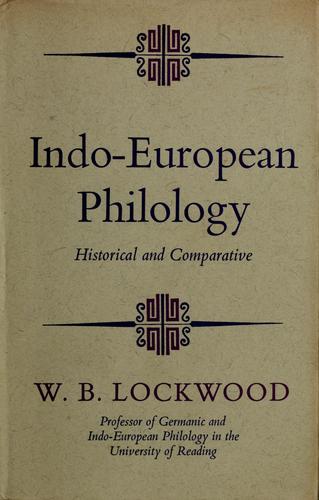|
Time Travel In The Lord Of The Rings
The philologist and author J. R. R. Tolkien explored time travel in his fiction in a variety of ways. The passage of time in ''The Lord of the Rings'' is uneven, seeming to run at differing speeds in the realms of Men and of Elves. In this, Tolkien was following medieval tradition in which time proceeds differently in Elfland. The whole work, too, following the theory he spelt out in his essay "On Fairy-Stories", is meant to transport the reader into another time. He built a process of decline and fall in Middle-earth into the story, echoing the sense of impending destruction of Norse mythology. The Elves attempt to delay this decline as far as possible in their realms of Rivendell and Lothlórien, using their Rings of Power to slow the passage of time. Elvish time, in ''The Lord of the Rings'' as in the medieval ''Thomas the Rhymer'' and the Danish ''Elvehøj'' (''Elf Hill''), presents apparent contradictions. Both the story itself and scholarly interpretations offer varying at ... [...More Info...] [...Related Items...] OR: [Wikipedia] [Google] [Baidu] |
Philology
Philology () is the study of language in oral and written historical sources; it is the intersection of textual criticism, literary criticism, history, and linguistics (with especially strong ties to etymology). Philology is also defined as the study of literary texts as well as oral and written records, the establishment of their authenticity and their original form, and the determination of their meaning. A person who pursues this kind of study is known as a philologist. In older usage, especially British, philology is more general, covering comparative and historical linguistics. Classical philology studies classical languages. Classical philology principally originated from the Library of Pergamum and the Library of Alexandria around the fourth century BC, continued by Greeks and Romans throughout the Roman/Byzantine Empire. It was eventually resumed by European scholars of the Renaissance, where it was soon joined by philologies of other European ( Germanic, Celti ... [...More Info...] [...Related Items...] OR: [Wikipedia] [Google] [Baidu] |
General Relativity
General relativity, also known as the general theory of relativity and Einstein's theory of gravity, is the geometric theory of gravitation published by Albert Einstein in 1915 and is the current description of gravitation in modern physics. General relativity generalizes special relativity and refines Newton's law of universal gravitation, providing a unified description of gravity as a geometric property of space and time or four-dimensional spacetime. In particular, the ' is directly related to the energy and momentum of whatever matter and radiation are present. The relation is specified by the Einstein field equations, a system of second order partial differential equations. Newton's law of universal gravitation, which describes classical gravity, can be seen as a prediction of general relativity for the almost flat spacetime geometry around stationary mass distributions. Some predictions of general relativity, however, are beyond Newton's law of universal gr ... [...More Info...] [...Related Items...] OR: [Wikipedia] [Google] [Baidu] |
The Time Machine
''The Time Machine'' is a science fiction novella by H. G. Wells, published in 1895. The work is generally credited with the popularization of the concept of time travel by using a vehicle or device to travel purposely and selectively forward or backward through time. The term "time machine", coined by Wells, is now almost universally used to refer to such a vehicle or device. Utilizing a frame story set in then-present Victorian England, Wells' text focuses on a recount of the otherwise anonymous Time Traveller's journey into the far future. A work of future history and speculative evolution, ''Time Machine'' is interpreted in modern times as a commentary on the increasing inequality and class divisions of Wells' era, which he projects as giving rise to two separate human species: the fair, childlike Eloi, and the savage, simian Morlocks, distant descendants of the contemporary upper and lower classes respectively. It is believed that Wells' depiction of the Eloi ... [...More Info...] [...Related Items...] OR: [Wikipedia] [Google] [Baidu] |


